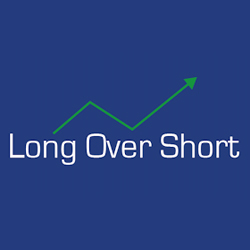Peter Lynch

From May 1977 to May 1990 Peter Lynch was the portfolio manager of Fidelity’s Magellan Fund. Over this 13-year period a $1,000 investment rose to be worth $28,000, a rate of return that is way ahead of the field at 29.2% pa.
Furthermore, the fund’s performance was consistent – in only two of those years did it fail to beat the S&P 500.
The fund grew from an asset base of $18m to one of more than $14bn.
It was not only the best-performing fund in the world; it also became the biggest. There were one million shareholders in 1990, when Lynch quit, at the age of 46, to devote more time to his family.
His experiences as a young man gave him a sceptical eye to what was being taught on his MBA course at Wharton:
“It seemed to me that most of what I learned at Wharton, which was supposed to help you succeed in the investment business, could only help you fail . . . Quantitative analysis taught me that the things I saw happening at Fidelity couldn’t really be happening. I also found it difficult to integrate the efficient market hypothesis . . . It also was obvious that the Wharton professors who believed in quantum analysis and random walk weren’t doing nearly as well as my new colleagues at Fidelity, so between theory and practice, I cast my lot with the practitioners . . . My distrust of theorizers and prognosticators continues to the present day.” (One Up on Wall Street, 1990)
John Neff
When John Neff managed the Windsor Fund, his investment philosophy emphasised the importance of a low share price relative to earnings. However, his approach required a share to pass a number of tests besides the price–earnings criteria.
These additional hurdles turn………………………………..To read the rest of this article, and more like it, subscribe to my premium newsletter Deep Value Shares – click here http://newsletters.advfn.com/deepvalueshares/subscribe-1


 Hot Features
Hot Features













